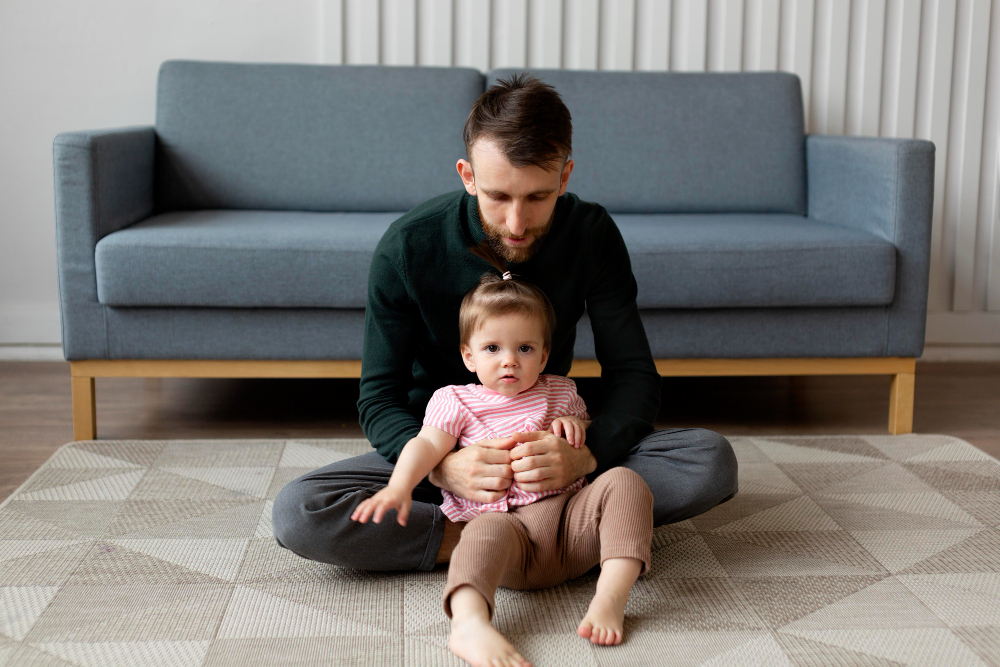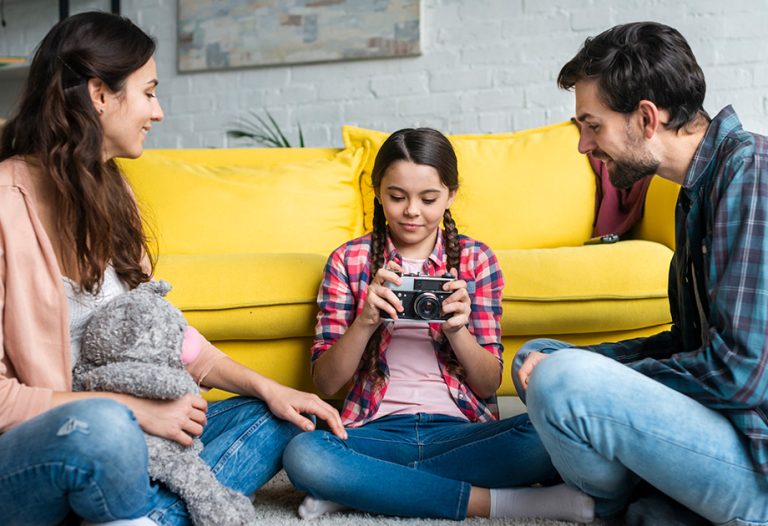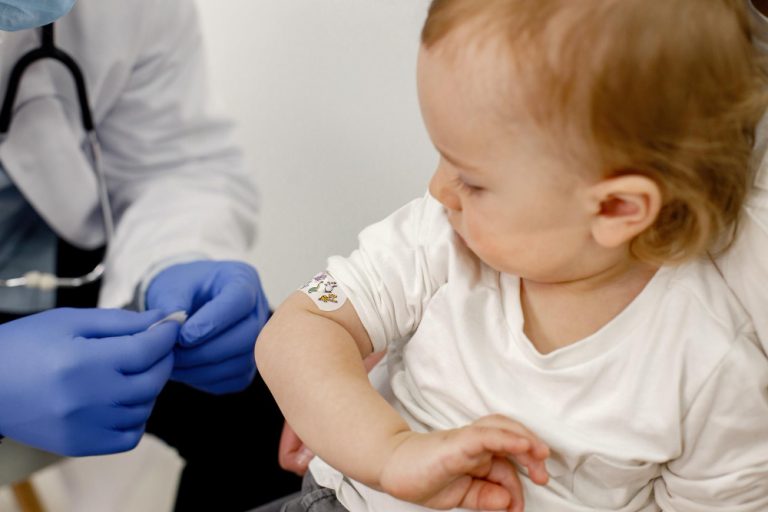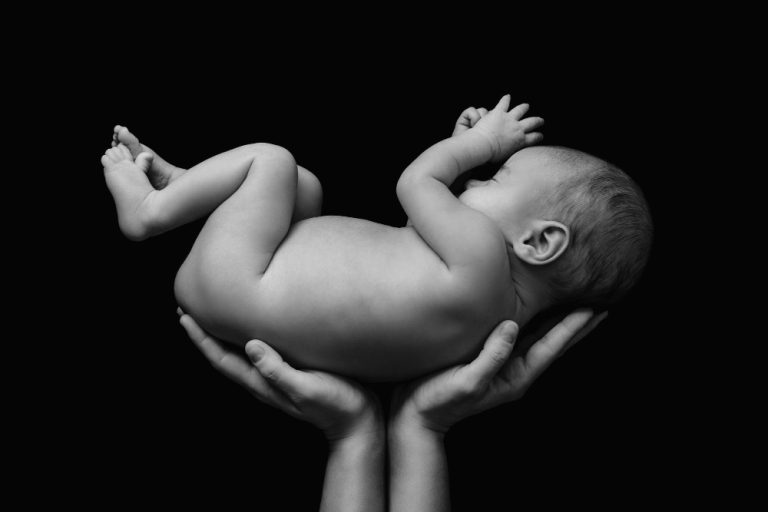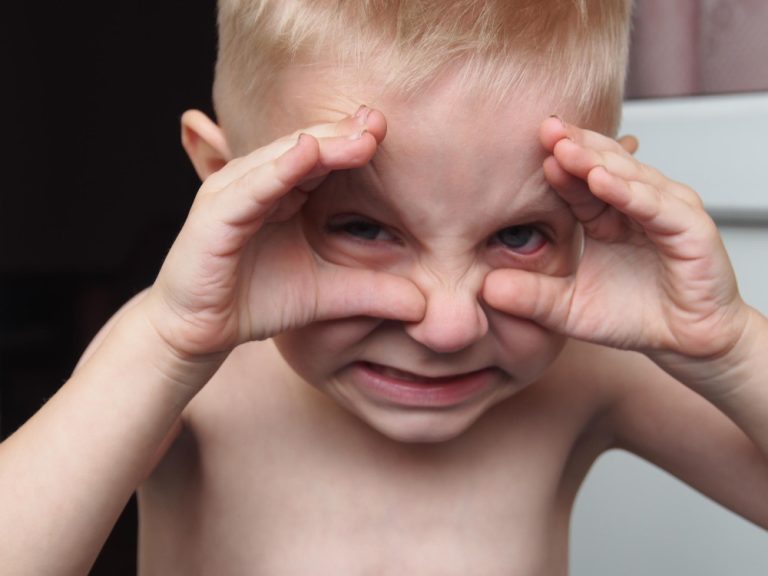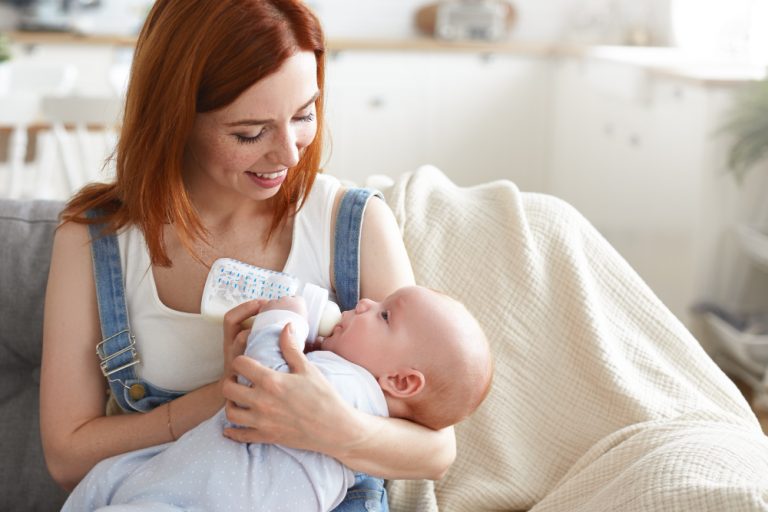How To Deal With Separation Anxiety In Babies?
Are you struggling with a little one who clings to you and sheds tears every time you try to leave? Do you dread leaving them at daycare or with a babysitter, knowing how much they struggle with separation anxiety?
Are you worried that this phase will never end and your baby will never feel comfortable without you by their side? Are you wondering how to deal with separation anxiety in babies?
You’re not alone if you answered yes to any of these questions. Separation anxiety is a common phase that many babies go through, and it can be difficult for both parents and babies alike.
In this guide, we’ll explore everything you need to know about separation anxiety in babies, from its causes to its manifestations, and how you can help your little one navigate this phase with confidence. So, let’s dive in!
Discover the importance of creating routines, incorporating comfort objects, and nurturing secure attachments to help your baby cope with separations.
Join us as we share practical tips and expert advice on how to deal with separation anxiety in babies to ensure your little one feels safe and secure during times of separation.
Introduction to Separation Anxiety in Babies
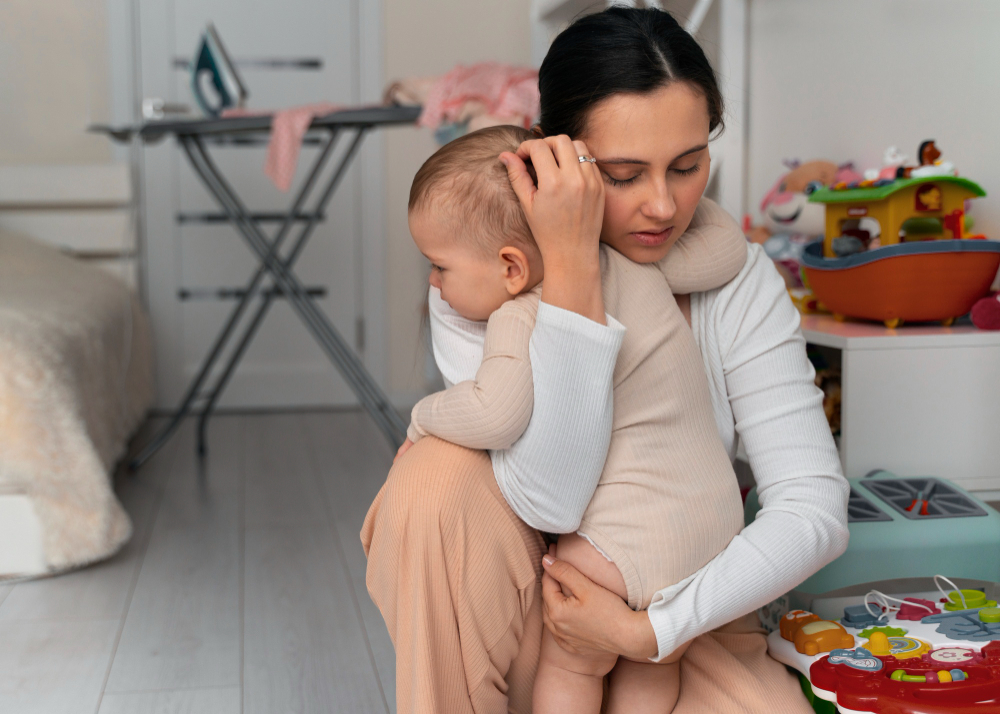
Separation anxiety is a natural phase that many babies go through during their development. It typically begins around 6 to 8 months of age and may last until they are around 2 years old.
During this period, babies become more aware of their surroundings and form strong emotional bonds with their primary caregivers. As a result, they may experience distress when separated from their parents or caregivers.
Separation anxiety is considered a normal and healthy part of a baby’s development. It indicates that your child has formed a secure attachment to you, which is crucial for their emotional well-being.
It also demonstrates their growing understanding of object permanence, the concept that things continue to exist even when they are out of sight.
It’s important to remember that separation anxiety varies from child to child. While some babies may experience it more intensely, others may have milder symptoms. Additionally, separation anxiety can be influenced by factors such as temperament and previous experiences.
Understanding the reasons behind separation anxiety can help parents navigate this phase with empathy and effective strategies.
In the following sections, we will explore the causes, signs, and symptoms of separation anxiety, along with practical tips to help your baby cope with this normal part of their development.
Understanding the Causes of Separation Anxiety

Separation anxiety in babies is a typical response to being separated from their primary caregivers. This phase typically occurs around 8 to 14 months of age, but it can start earlier or last longer in some cases.
Understanding the causes behind this anxiety can help parents navigate this challenging phase with compassion and support.
Object Permanence: A Developing Sense of “Out of Sight, Out of Mind”
- One of the primary causes of separation anxiety is the development of object permanence in babies.
- Object permanence is the understanding that objects or people continue to exist even when they are out of sight.
- As this cognitive milestone emerges around 6 to 8 months, babies begin to realize that their caregivers can leave and be physically absent.
- This newfound awareness can trigger anxiety when they experience separation.
The Bond with the Primary Caregiver: A Strong Foundation of Security
- The bond between a baby and their primary caregiver plays a crucial role in shaping their sense of security.
- Babies rely on their caregivers for comfort, food, and overall physical and emotional well-being.
- This dependency creates a strong attachment, and when separated from their primary caregiver, babies may feel a sense of fear and vulnerability.
Developmental Milestones: Exploring Autonomy and Boundaries
- Separation anxiety often coincides with significant developmental milestones in a baby’s life.
- As they start crawling, walking, and seeking independence, they become more aware of their own individuality.
- This newfound autonomy can ignite a fear of separation from their trusted caregiver, as they grapple with the concept of venturing out into the world on their own.
Transitioning to New Environments: Adjusting to Change
- Transitions, such as starting daycare or introducing new caregivers, can trigger separation anxiety in babies.
- These changes disrupt their familiar routines and the sense of security they associate with their primary caregiver.
- Babies may struggle to adapt to new environments or unfamiliar faces, leading to increased anxiety and distress during separations.
Understanding the causes of separation anxiety empowers parents to respond sensitively and supportively to their babies’ needs. Parents can help their little ones navigate this phase with reassurance and love by providing a nurturing environment and acknowledging their feelings.
Recognizing the Signs and Symptoms: How To Deal With Separation Anxiety In Babies
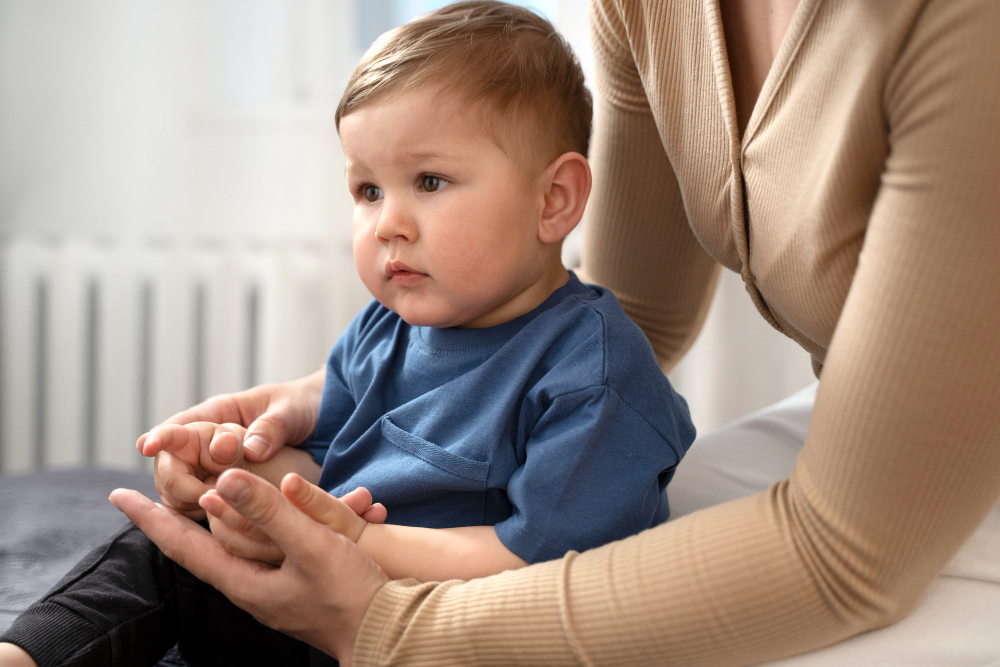
Separation anxiety in babies can manifest through various signs and symptoms, which are important for parents to identify and understand. By recognizing these signs, caregivers can better support their little ones and help them navigate this challenging phase.
Here are some common signs and symptoms of separation anxiety in infants and toddlers:
Clinginess and Clinging Behavior
- Babies experiencing separation anxiety often display clinginess towards their primary caregivers.
- They may become more attached, seeking constant physical proximity and reassurance.
- It’s not uncommon for infants to cry or protest when their caregivers attempt to leave their presence.
Crying and Distress upon Separation
- When separated from their caregivers, babies with separation anxiety may exhibit distress and heightened emotional responses.
- Until they are reunited with their primary caregiver, they may cry excessively, become inconsolable, or show signs of discomfort.
Fear of Strangers
- During this period, infants may display heightened wariness towards unfamiliar individuals.
- It’s a protective mechanism as babies try to keep themselves close to their trusted caregivers and avoid interactions with strangers.
Resistance to Separation
- Babies may resist being separated from their primary caregivers as they grow older and develop a stronger sense of attachment.
- They might become anxious or upset even at the thought of being apart.
It is crucial for parents to remember that separation anxiety is a normal part of a child’s development and can vary in intensity and duration.
By understanding these signs and symptoms, parents can provide the necessary support and reassurance to their little ones, enabling a sense of security and emotional well-being.
Creating a Secure Environment
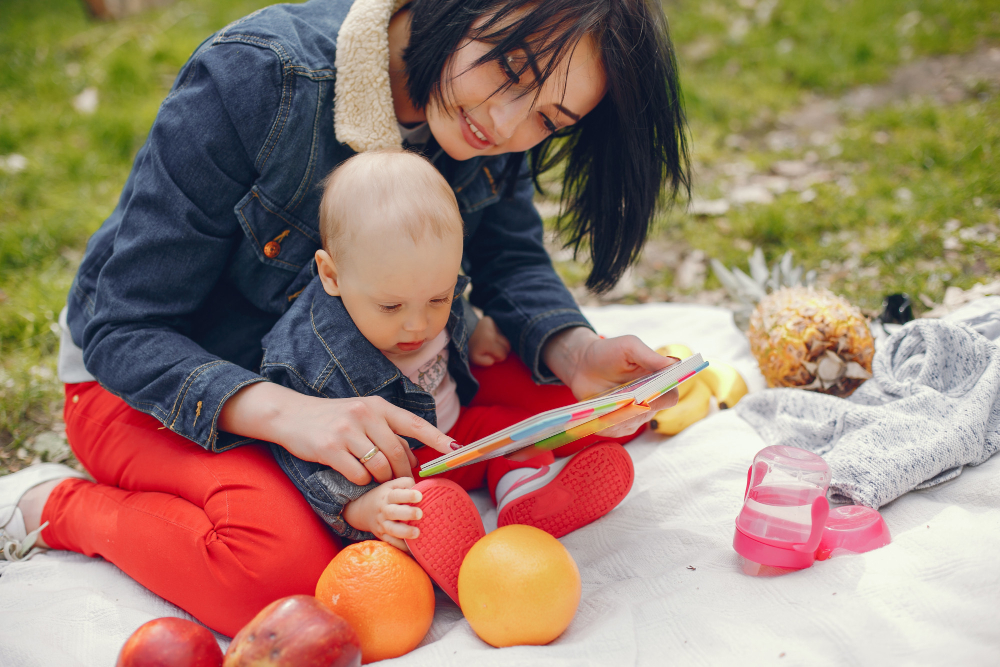
As a parent, creating a secure environment for your baby is crucial in helping them cope with separation anxiety. By implementing certain strategies, you can provide a sense of comfort and stability during times of separation. Here are some practical tips to consider:
1. Maintain Consistent Routines
Babies thrive on predictability, so establishing and maintaining consistent daily routines can bring a sense of security. Consistency in activities such as feeding, playtime, and naps can help your baby feel safe and reassured.
2. Introduce Transitional Objects
Transitional objects, such as a favorite stuffed animal or blanket, can provide a source of comfort and familiarity when you’re not around. Encourage your little one to bond with these objects, as they can help ease their anxiety during separations.
3. Use Reassuring Goodbye Rituals
Establishing a special goodbye routine can help ease the transition for both you and your baby. Creating a simple, consistent ritual like a special wave or saying a reassuring phrase can provide a sense of security and predictability.
4. Gradually Introduce New Caregivers
If your baby will be spending time with a new caregiver, it’s important to introduce them gradually. Begin by having the caregiver spend short periods of time with your little one while you’re present. This gradual introduction can help build trust and familiarity.
Remember, creating a secure environment is an ongoing process that requires patience and understanding. By implementing these strategies, you can help alleviate your baby’s separation anxiety and promote a sense of security during times of separation.
Stay tuned for the next section, where we’ll delve into practical strategies for easing transitions and separations.
Easing Transitions and Separations
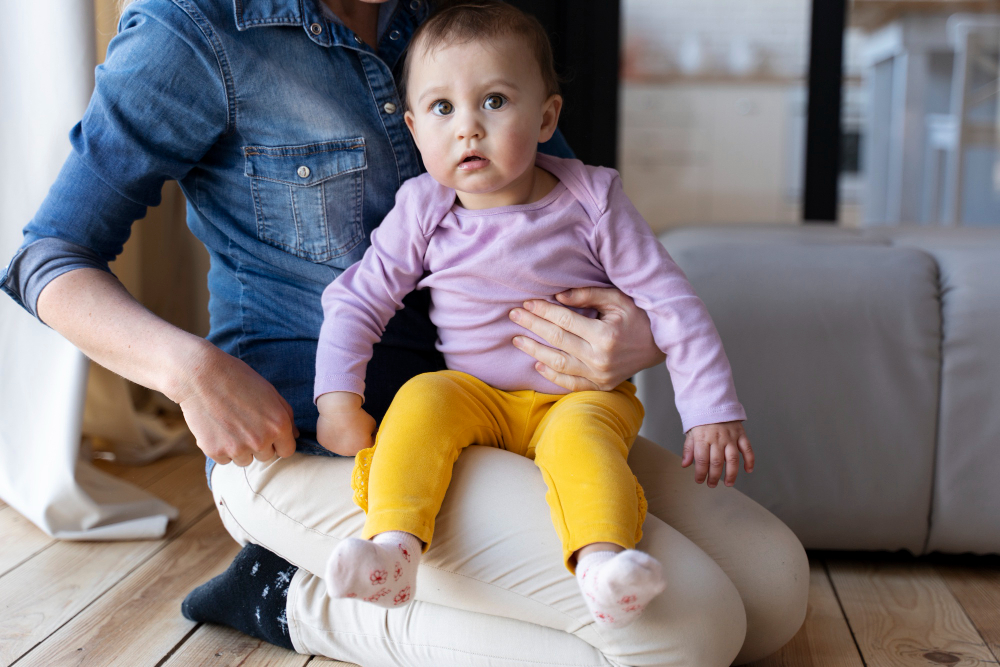
Helping your baby navigate through transitions and separations can greatly alleviate their separation anxiety. By implementing effective strategies, you can provide them with a sense of security and confidence during these challenging times.
Here are some valuable tips to ease transitions and separations for your little one:
Gradually Introduce New Caregivers
- Introducing new caregivers to your baby takes time and patience. Start by slowly exposing them to new faces in familiar surroundings.
- A gradual approach allows your baby to become comfortable and build trust with the new caregiver over time.
- Stay close during the initial interactions to reassure your baby that you are there for support.
Practice Short Separations
- Safely practicing short separations can help your baby adapt to being away from you.
- Begin with brief moments of separation and gradually increase the duration as your baby becomes more comfortable.
- Use this time to engage in activities that your baby enjoys, such as playing with their favorite toy or reading a favorite story.
- Reassure them that you will return, facilitating trust and reducing anxiety.
Incorporate Comforting Rituals
- Establishing comforting rituals can provide a sense of consistency and security for your baby.
- Create a goodbye ritual, such as a special phrase or a unique gesture, that you consistently follow when parting ways.
- This ritual will help your baby anticipate and prepare for your departure, decreasing anxiety.
- Additionally, create a reunion ritual upon your return, emphasizing the joyous reunion and reconnection.
Remember, each baby is unique, and finding the right approach may require some trial and error. Observe your baby’s reactions and adjust your strategies accordingly. These methods will help your little one develop resilience and adaptability, promoting their emotional well-being.
Expert Tip: Consider creating a photo album with pictures of familiar faces and places. This visual reminder can provide comfort and familiarity during separations.
Using these strategies, you can ease transitions and separations for your baby and help them navigate through separation anxiety with greater confidence and resilience.
Remember, patience, consistency, and empathy are key when supporting your little one during these challenging moments.
Providing Emotional Support
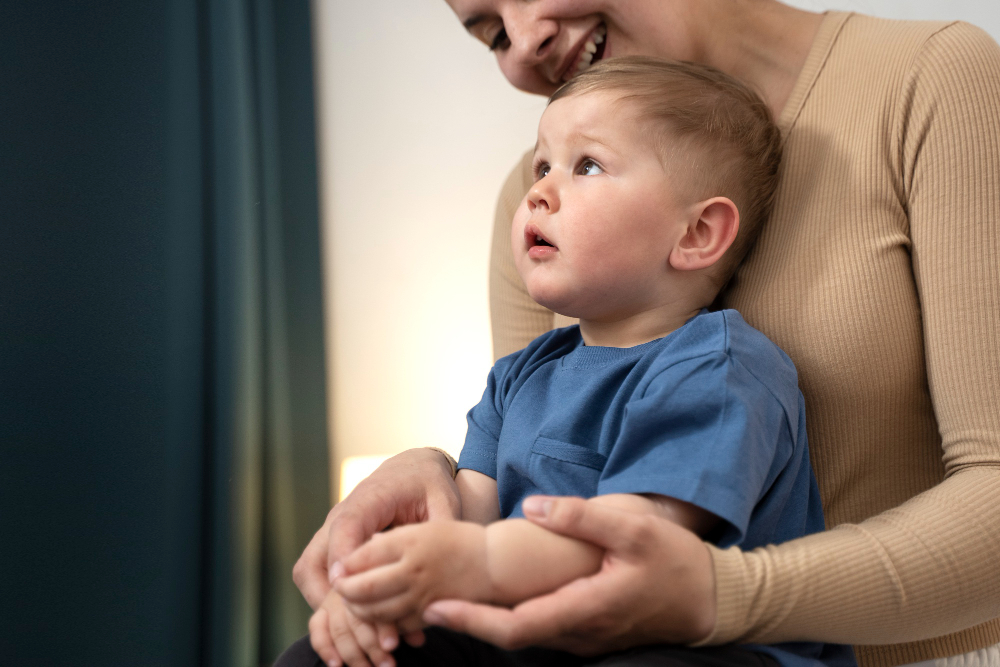
Babies experiencing separation anxiety require emotional support from their caregivers to help them navigate this challenging phase.
By offering comfort and reassurance during transitions, parents can provide the necessary emotional stability that will help their little ones develop coping mechanisms and feel secure even when separated from their primary caregivers.
Here are some important strategies for providing emotional support:
1. Maintain a calm and reassuring presence
- Babies look to their caregivers during separation or transition for comfort and reassurance.
- Stay calm and maintain a soothing demeanor to project a sense of security to your little one.
- Your presence can significantly alleviate their anxiety and help them feel safe.
2. Communicate with empathy
- Use comforting and gentle words when talking to your baby during separations.
- Reassure them that you will return and emphasize that their feelings are valid.
- By acknowledging their emotions, you are helping them build trust and develop a sense of security in your relationship.
3. Establish a goodbye ritual
- Create a consistent and meaningful goodbye routine to make separations more predictable for your baby.
- This can involve a particular phrase or gesture that signals your departure.
- Engaging in this ritual will provide a sense of continuity and reassurance, easing the transition for both you and your little one.
4. Encourage attachment to comfort objects
- Transitional objects, such as a favorite stuffed animal or blanket, can provide a sense of security and familiarity to your baby when you are not present.
- Encouraging their attachment to these objects can help alleviate separation anxiety and provide comfort during times of separation.
5. Be responsive to your baby’s needs
- Respond promptly and attentively when your baby is distressed or experiencing separation anxiety.
- Engage in activities that help to soothe and calm them, such as gentle rocking, singing a lullaby, or providing physical closeness through cuddling or babywearing.
- Your responsiveness will reinforce the trust and security that your baby needs to navigate separation successfully.
Remember, providing emotional support plays a crucial role in helping your baby cope with separation anxiety. By offering comfort, reassurance, and maintaining a secure bond, parents can help their little ones navigate this normal part of infant development with resilience and grace.
Seeking Professional Help
Notice that your baby’s separation anxiety is causing significant distress and is impacting their daily life or your ability to manage. It may be time to seek professional help. While separation anxiety is a normal part of a baby’s development, some cases may require additional support and guidance.
Here are some situations where professional intervention may be beneficial:
1. Persistent and Intense Anxiety
- If your baby’s separation anxiety seems to be more severe or prolonged than expected, it is important to consult with a healthcare professional.
- They can assess the intensity of your baby’s anxiety and provide advice on managing it effectively.
2. Disruptive Behavior and Distress
- When separation anxiety interferes with your baby’s ability to engage in daily activities or causes excessive distress, it may be necessary to consult a pediatrician or child psychologist.
- They can help identify any underlying issues and provide appropriate interventions.
3. Impact on Sleep and Appetite
- If your baby’s separation anxiety is leading to significant disruptions in their sleep patterns or eating habits, seeking professional help can be beneficial.
- A healthcare professional can offer guidance on establishing a consistent routine and managing any resulting challenges.
4. Prolonged Impact on Parent-Child Relationship
- If your baby’s separation anxiety is straining the bond between you and your child, professional assistance can provide guidance on effective coping strategies.
- They can help you facilitate a secure attachment and strengthen your relationship with your little one.
Remember, seeking professional help does not necessarily indicate a long-term issue or signify a serious problem. It is often a proactive step to ensure your baby’s emotional well-being and obtain expert advice tailored to your specific situation.
Pediatricians and child psychologists are trained to assess separation anxiety and provide appropriate strategies and support for both you and your baby.
The Final Note: How To Deal With Separation Anxiety In Babies?
While most cases of separation anxiety in babies can be managed with supportive parenting strategies, there may be instances where professional help is necessary. Consulting with healthcare professionals can provide valuable insights, personalized guidance, and reassurance during this challenging phase.
By seeking assistance when needed, you can ensure that both you and your baby receive the support required to navigate separation anxiety and promote emotional well-being.
FAQs: How To Deal With Separation Anxiety In Babies
Here are some common questions parents have about how to deal with separation anxiety in babies:
Remember, each baby is unique, and their experience with separation anxiety may vary. Providing a nurturing and supportive environment, along with patience and understanding, can help steer through this developmental phase with your little one.

